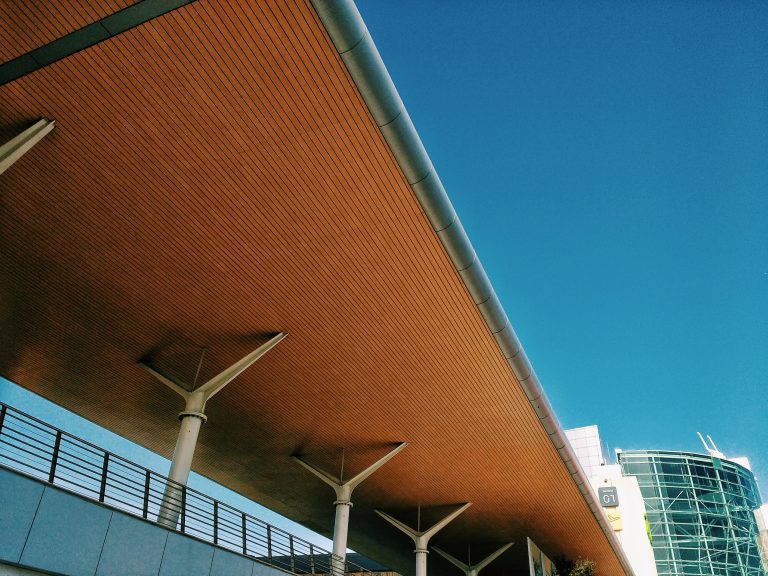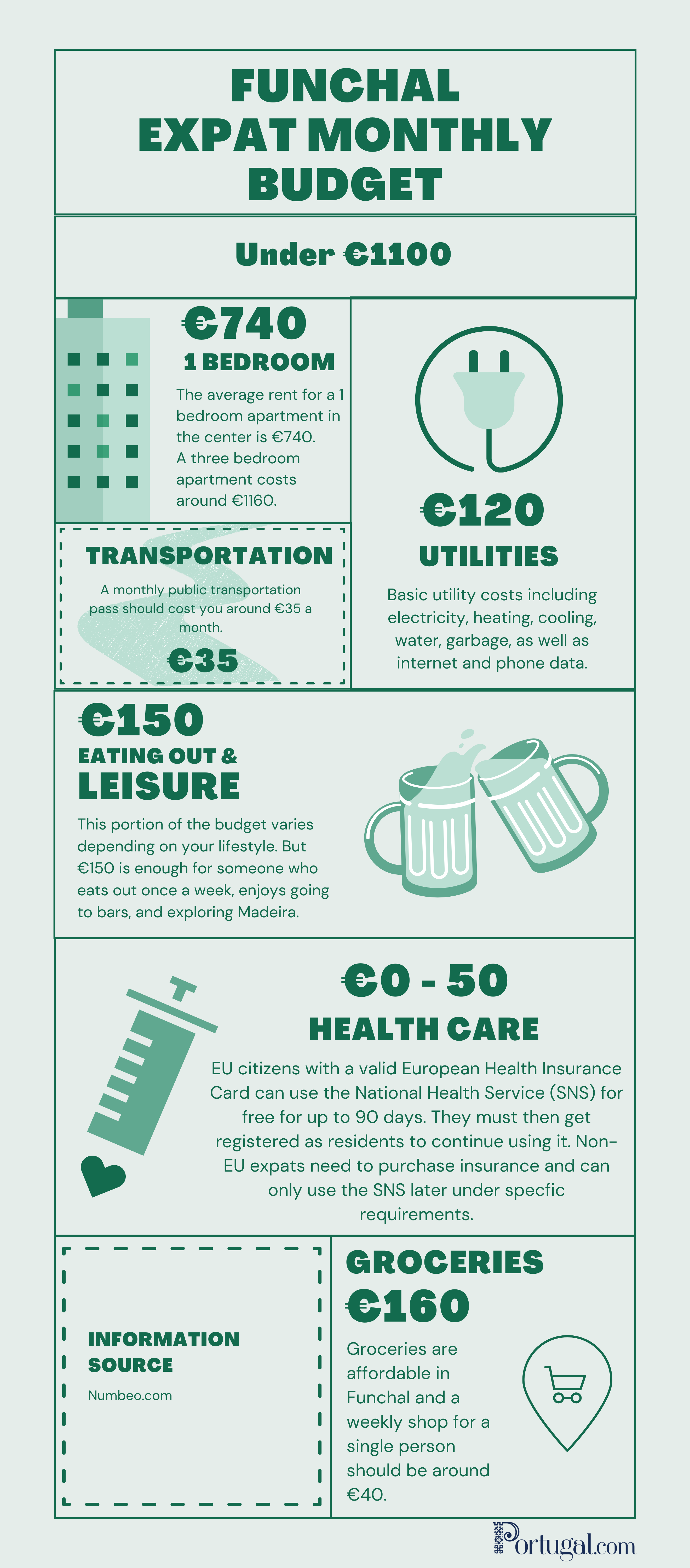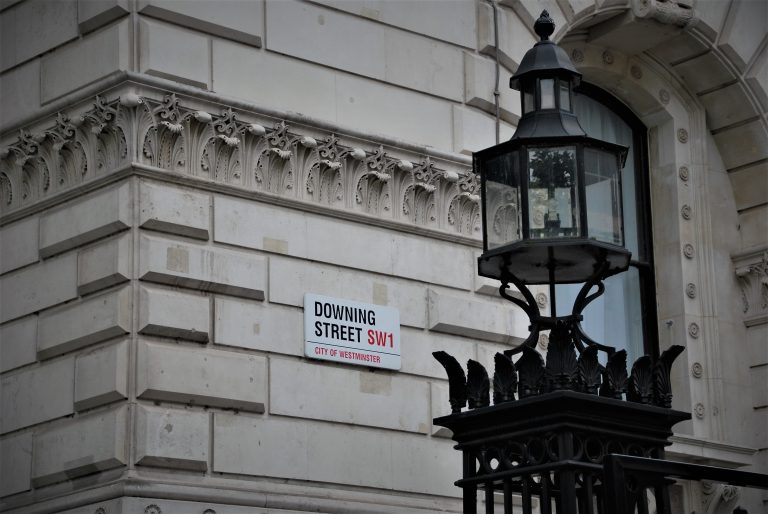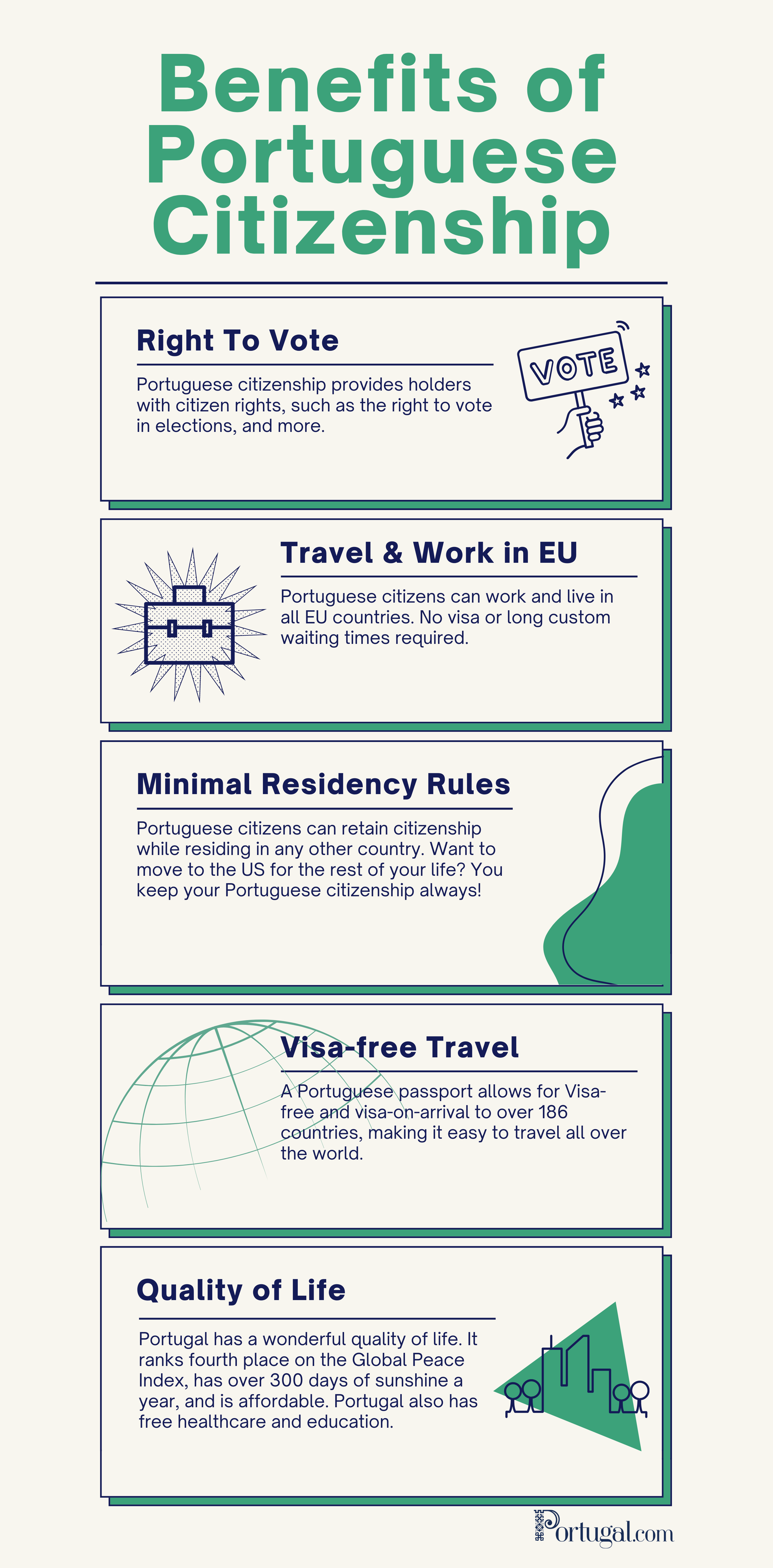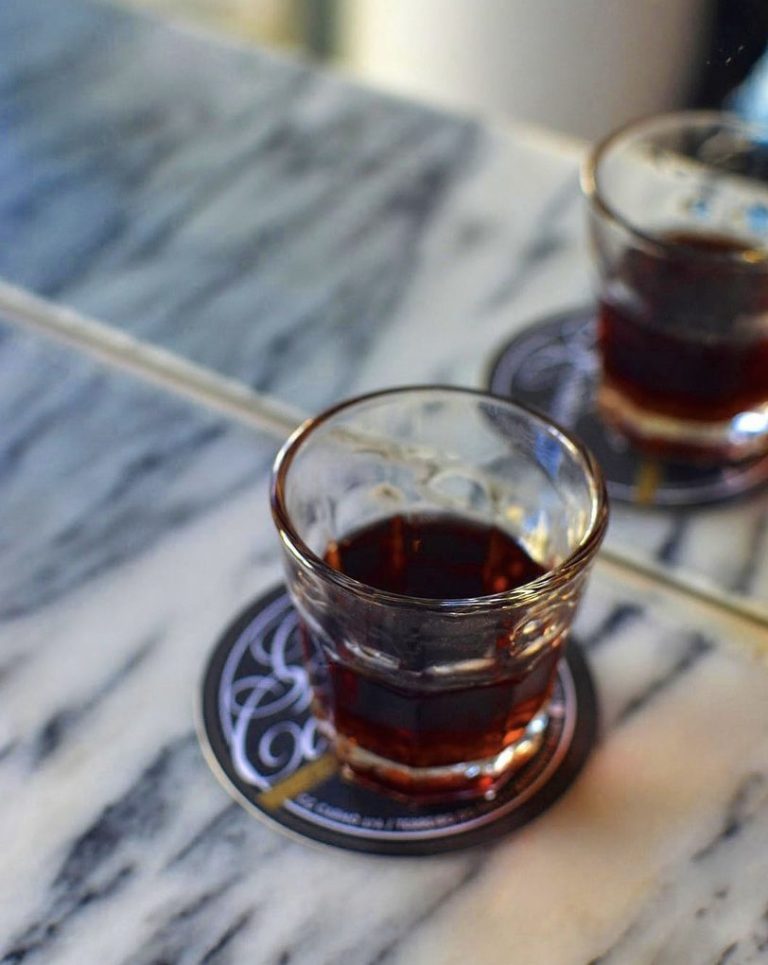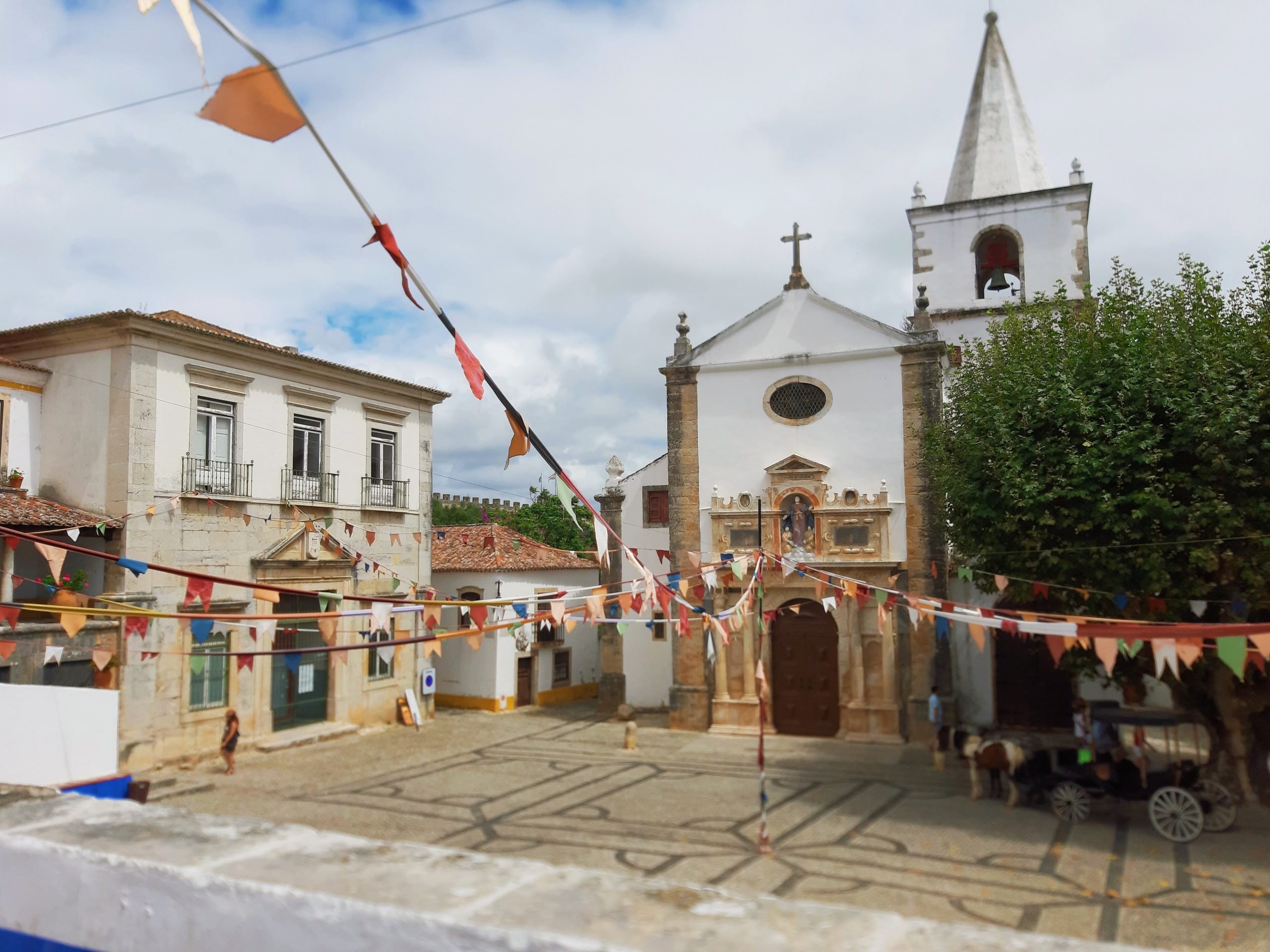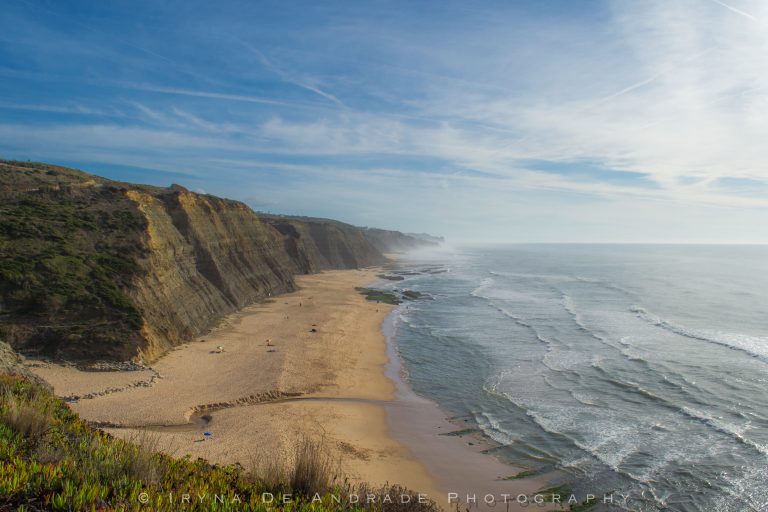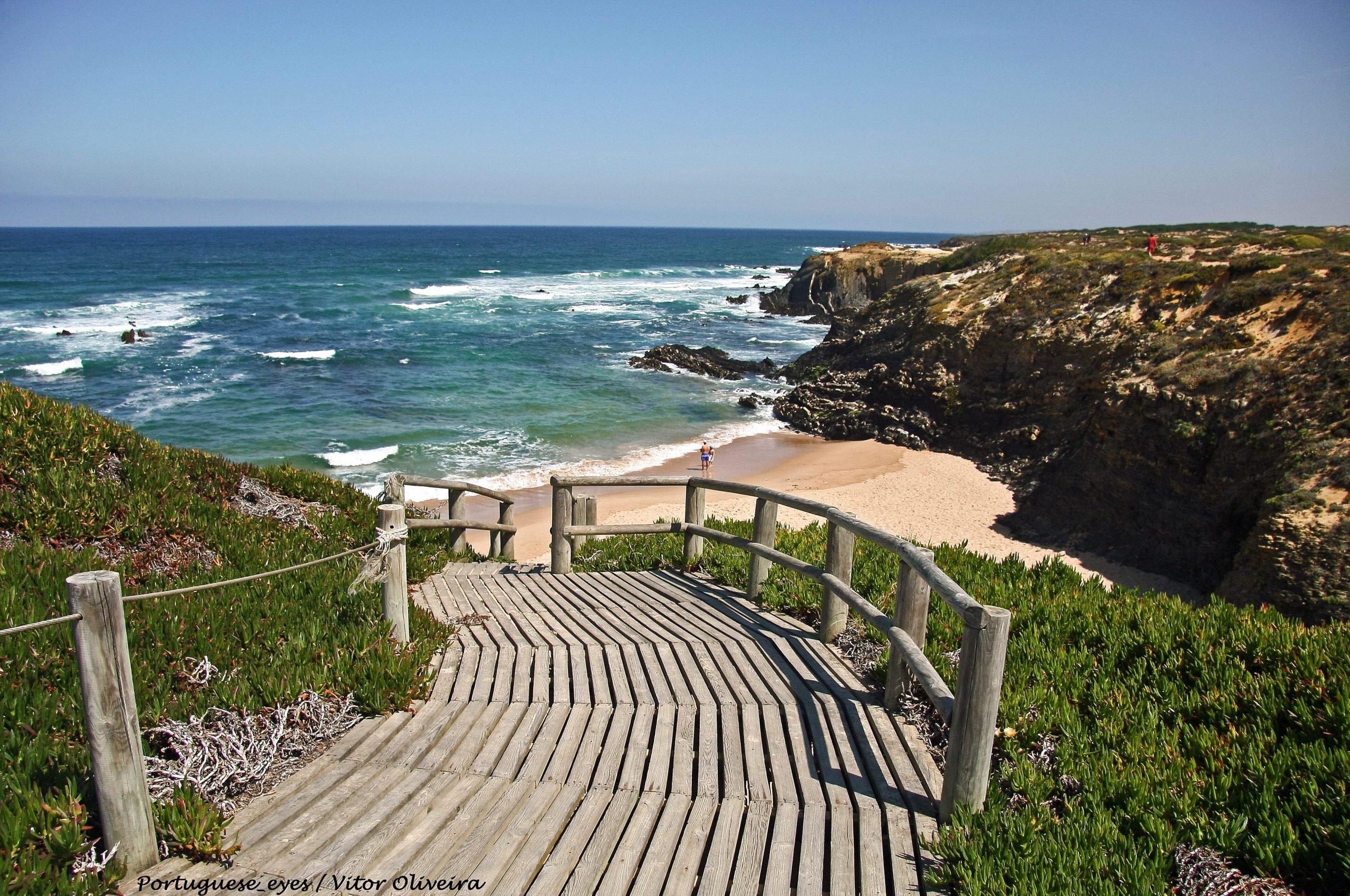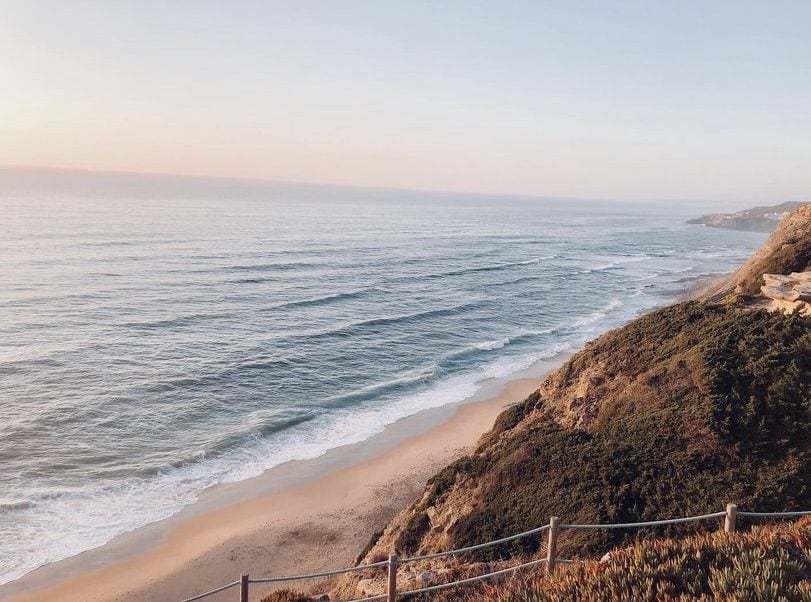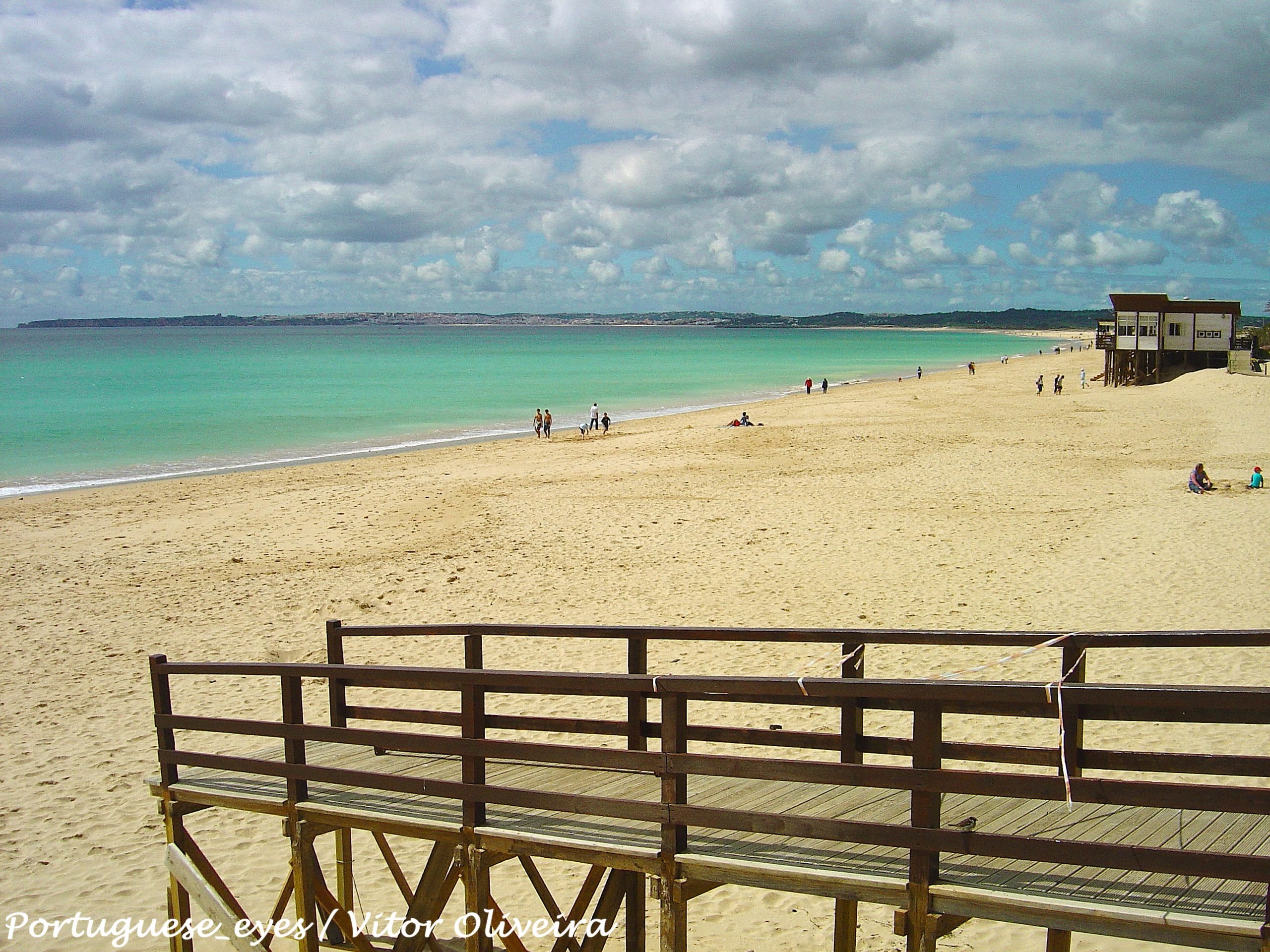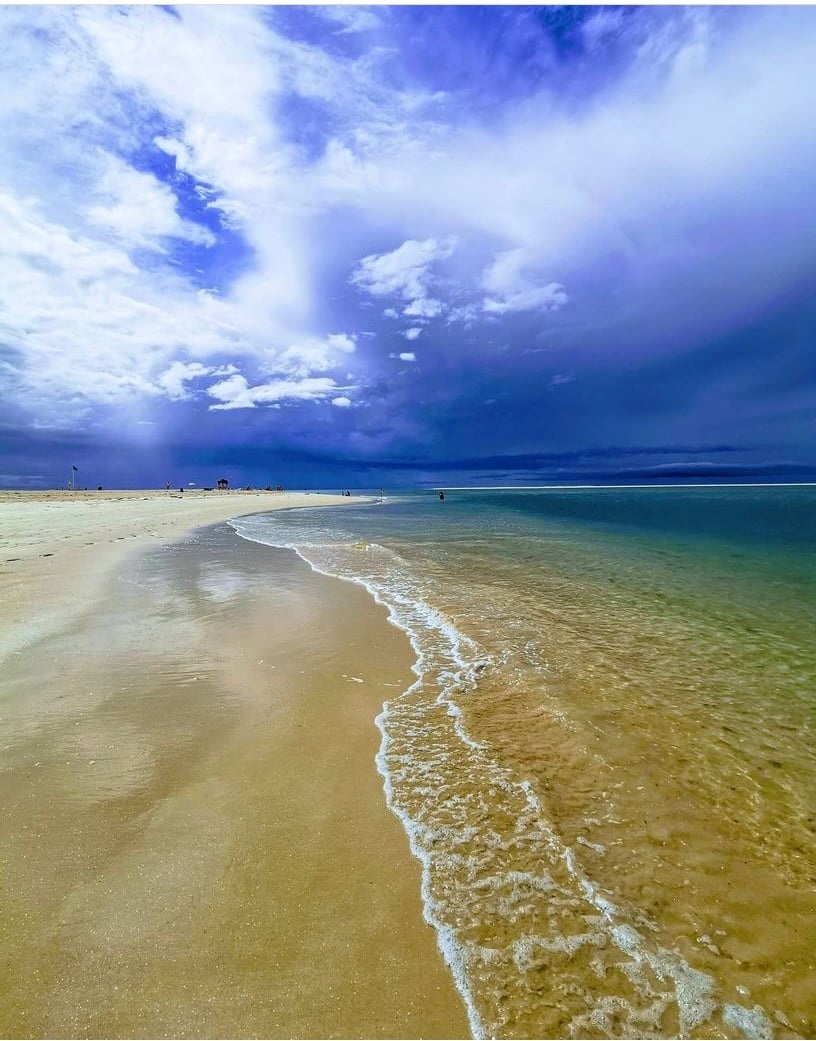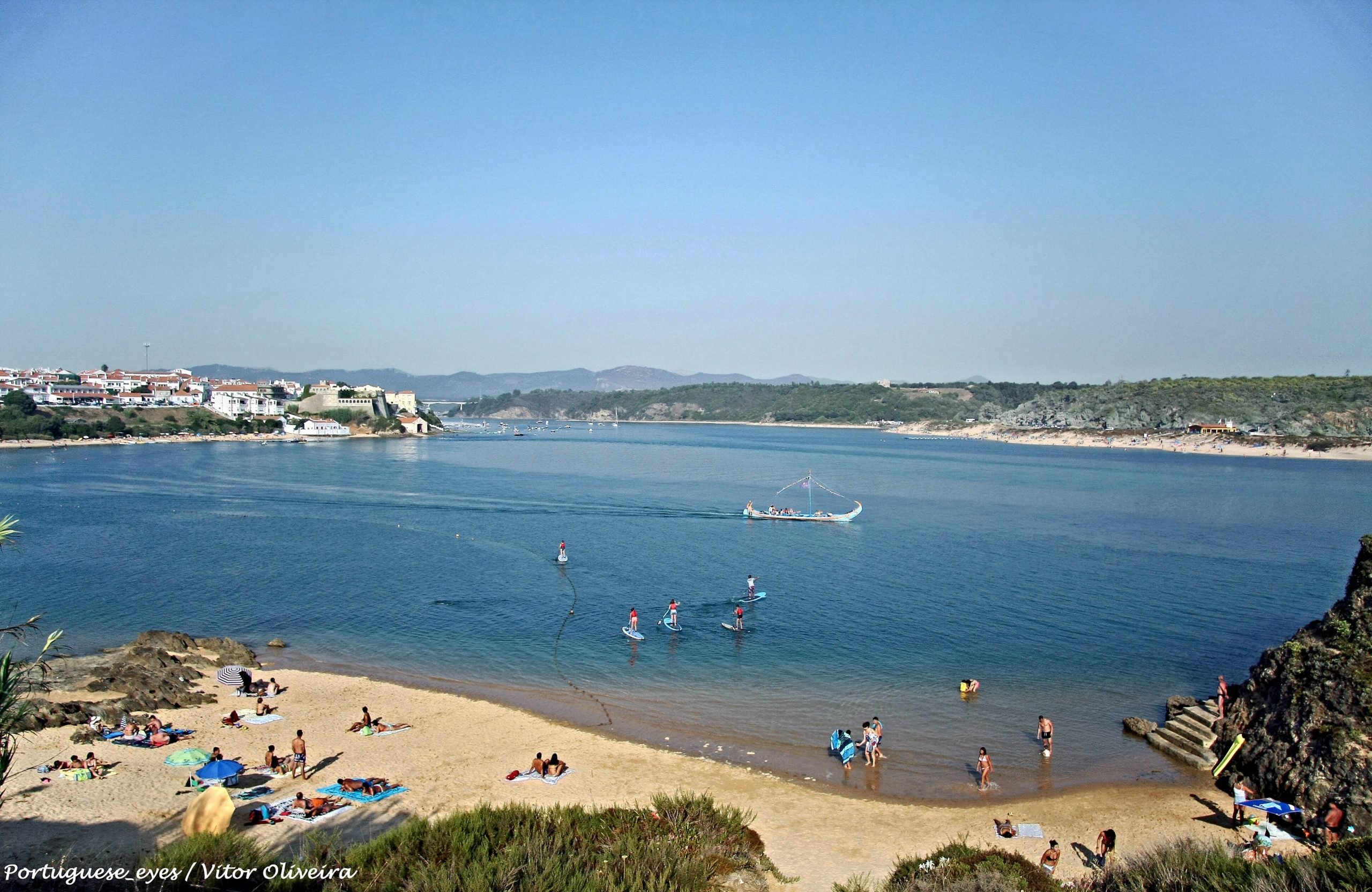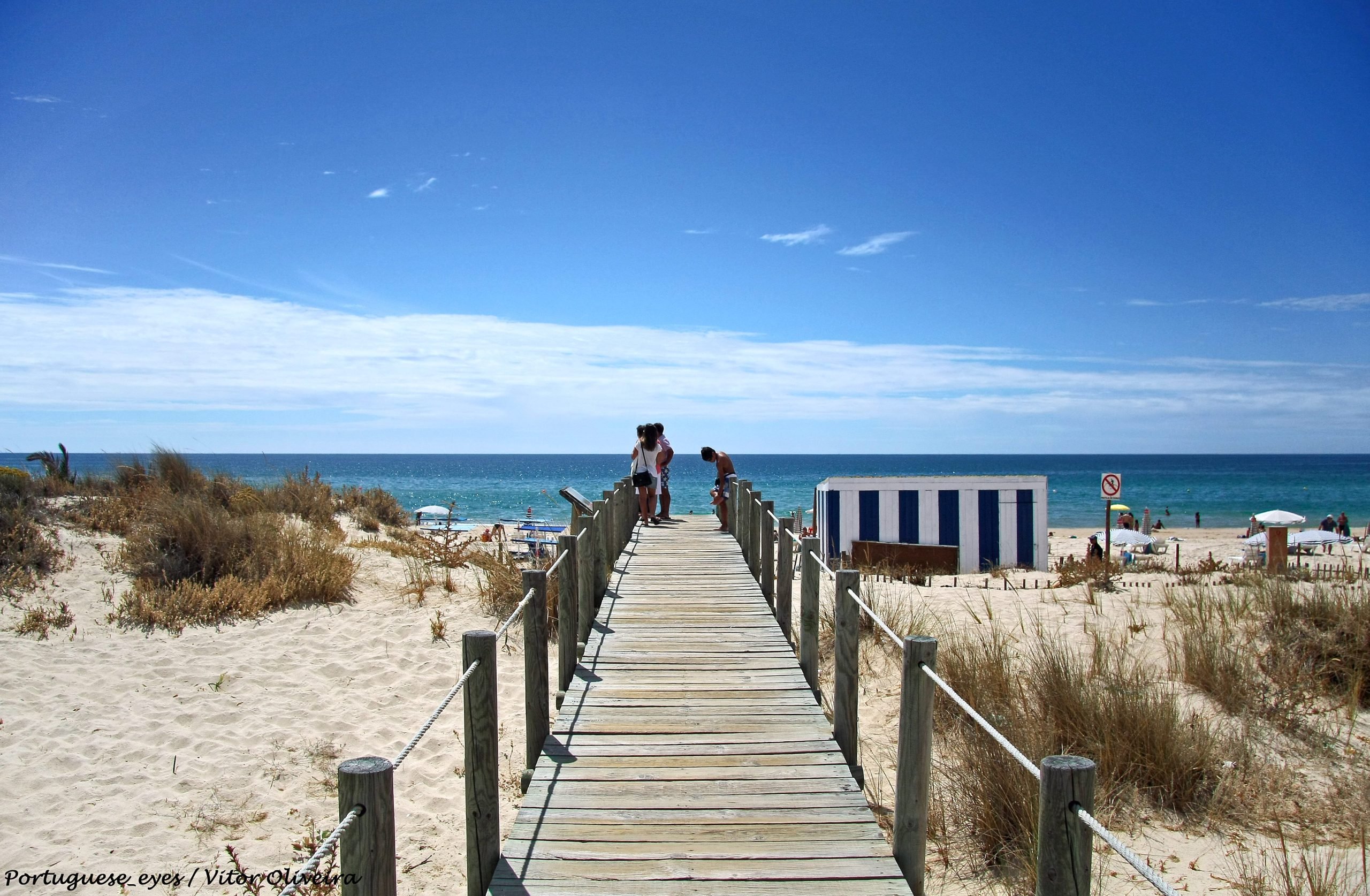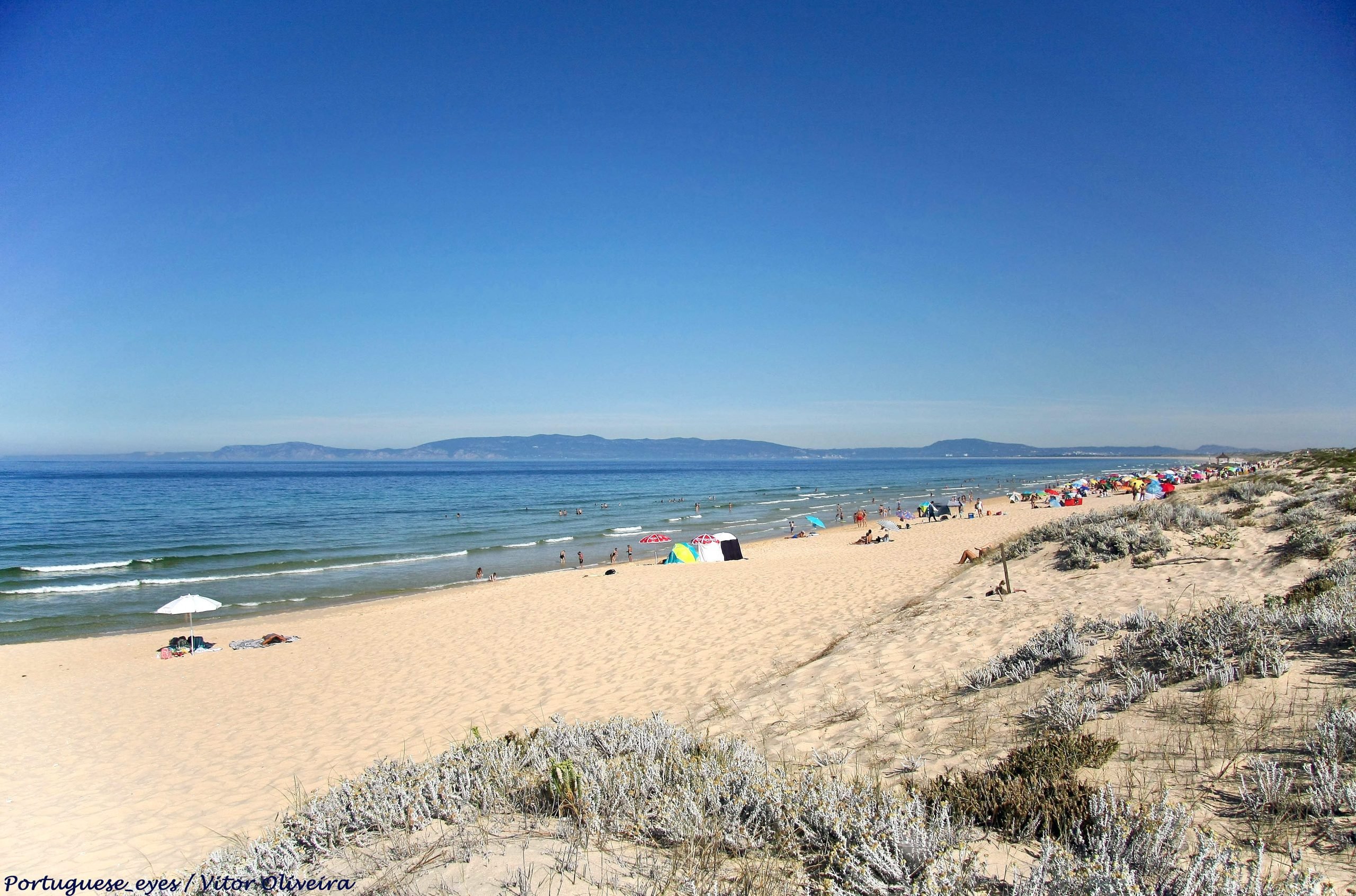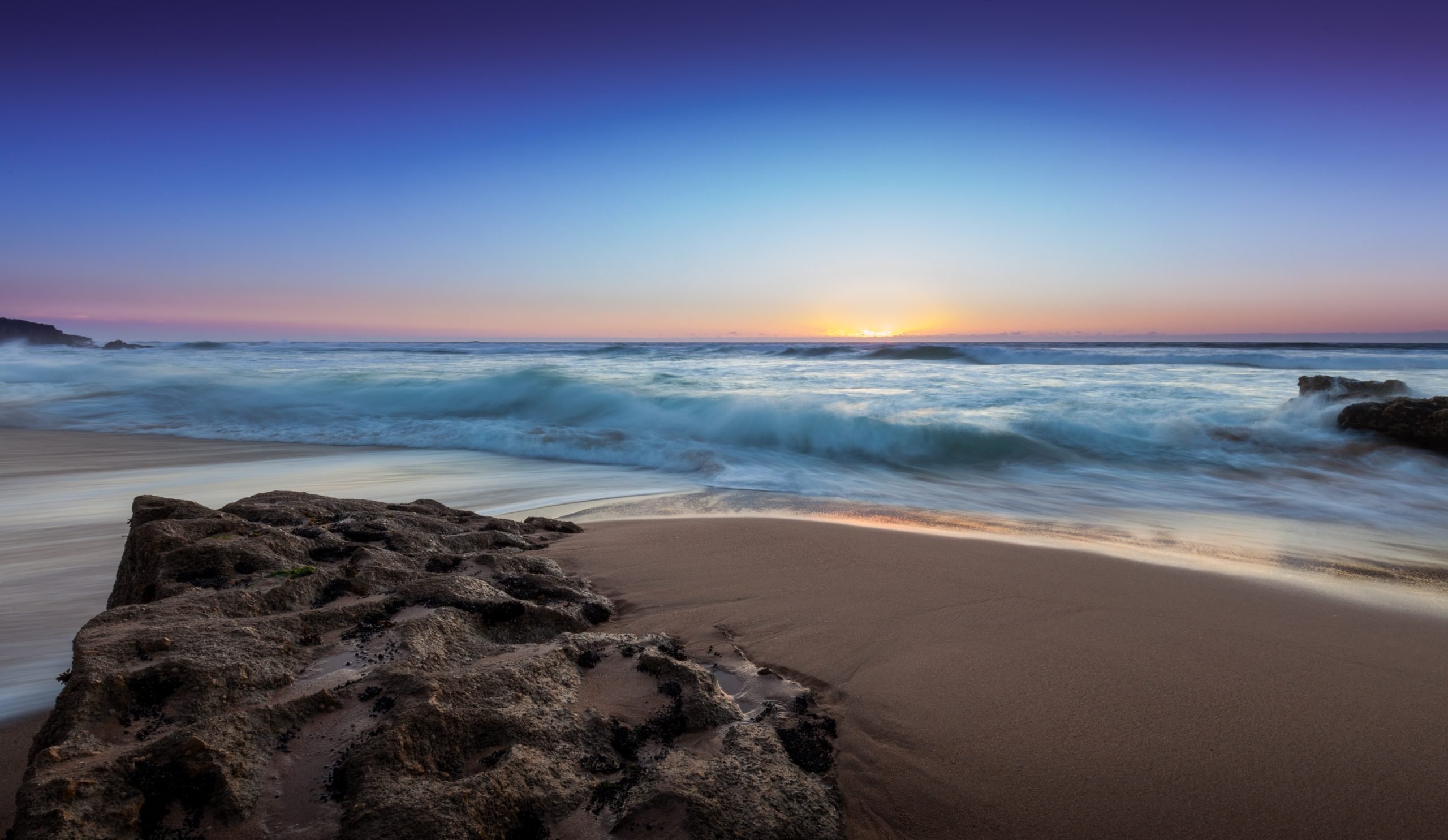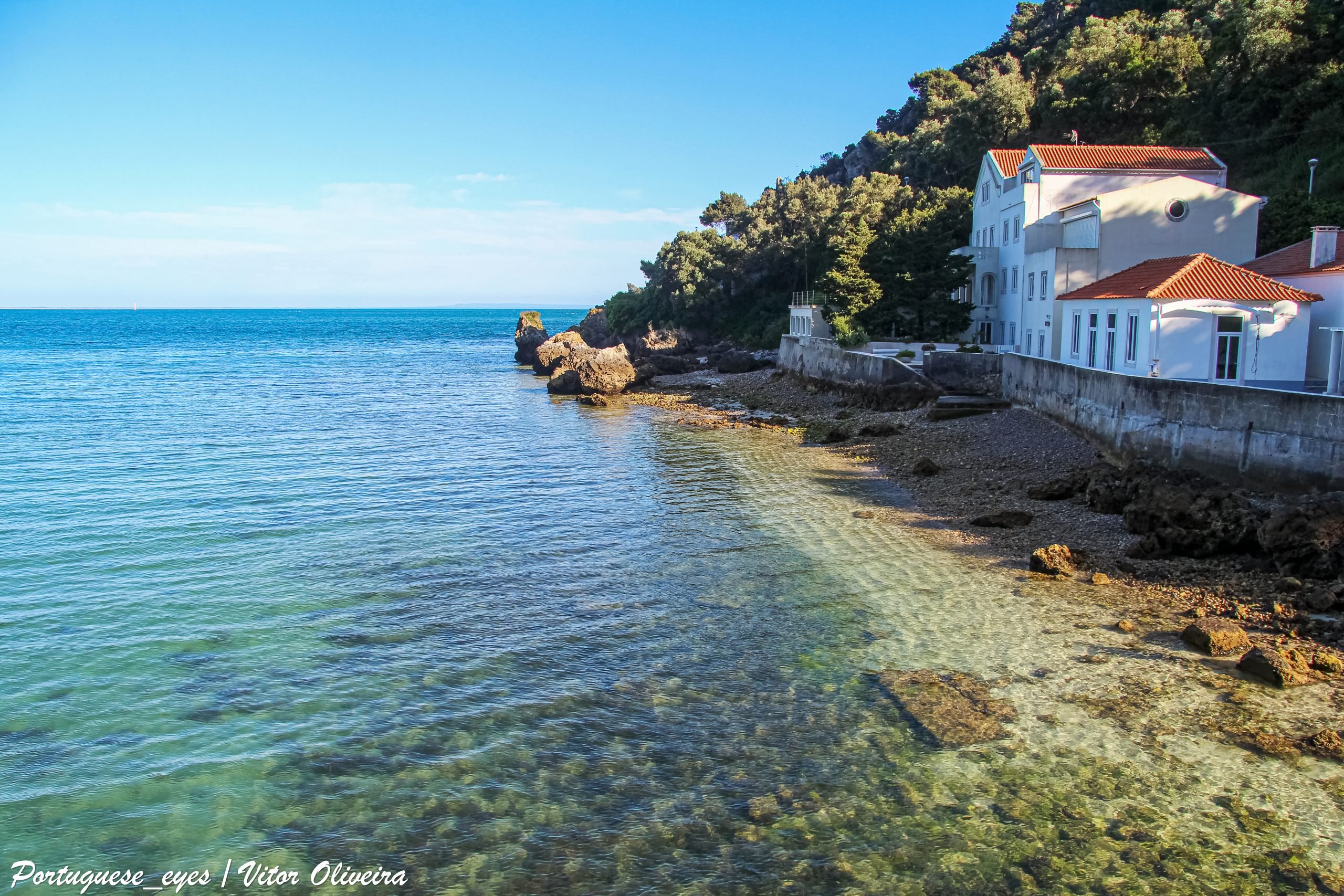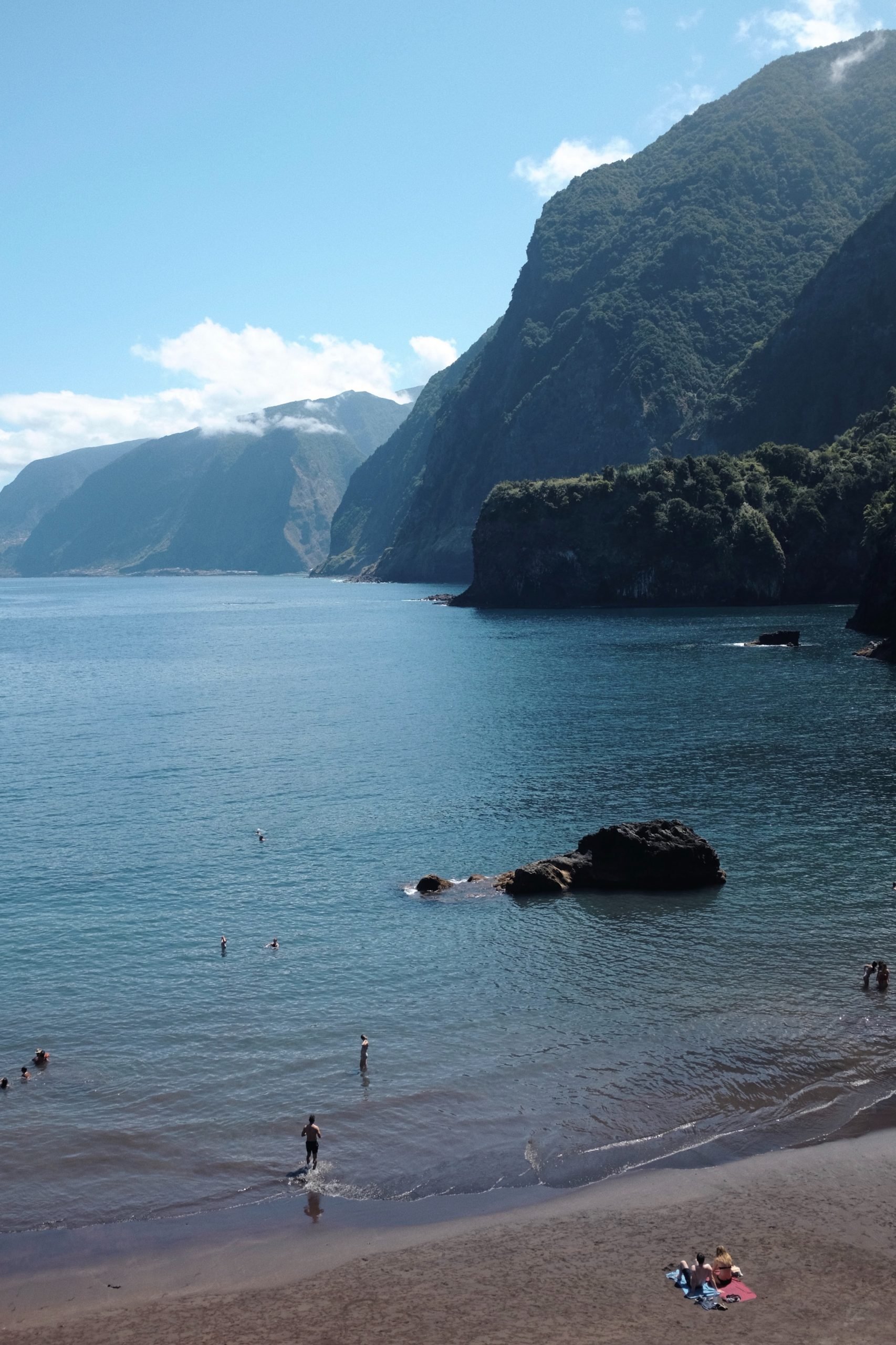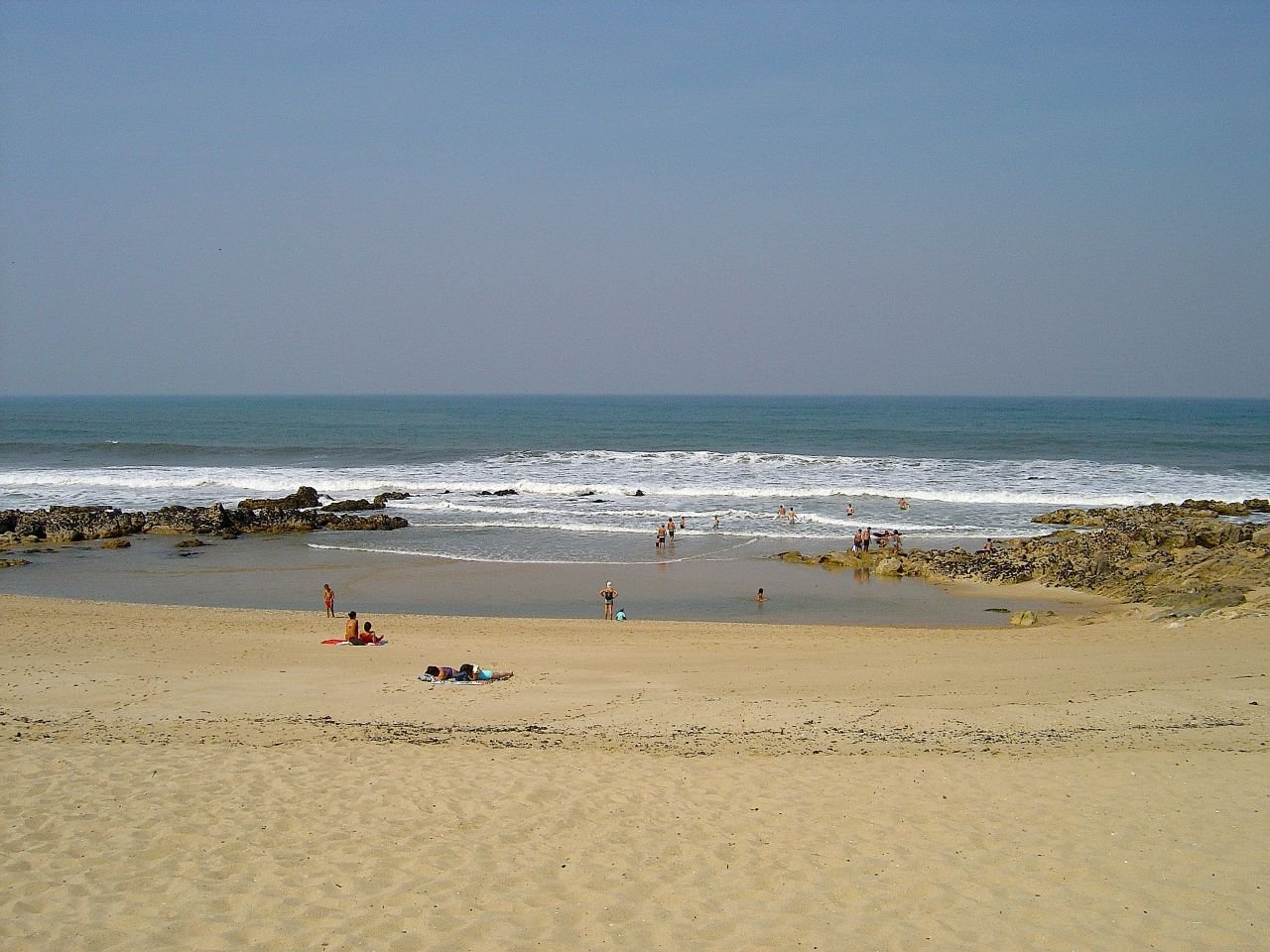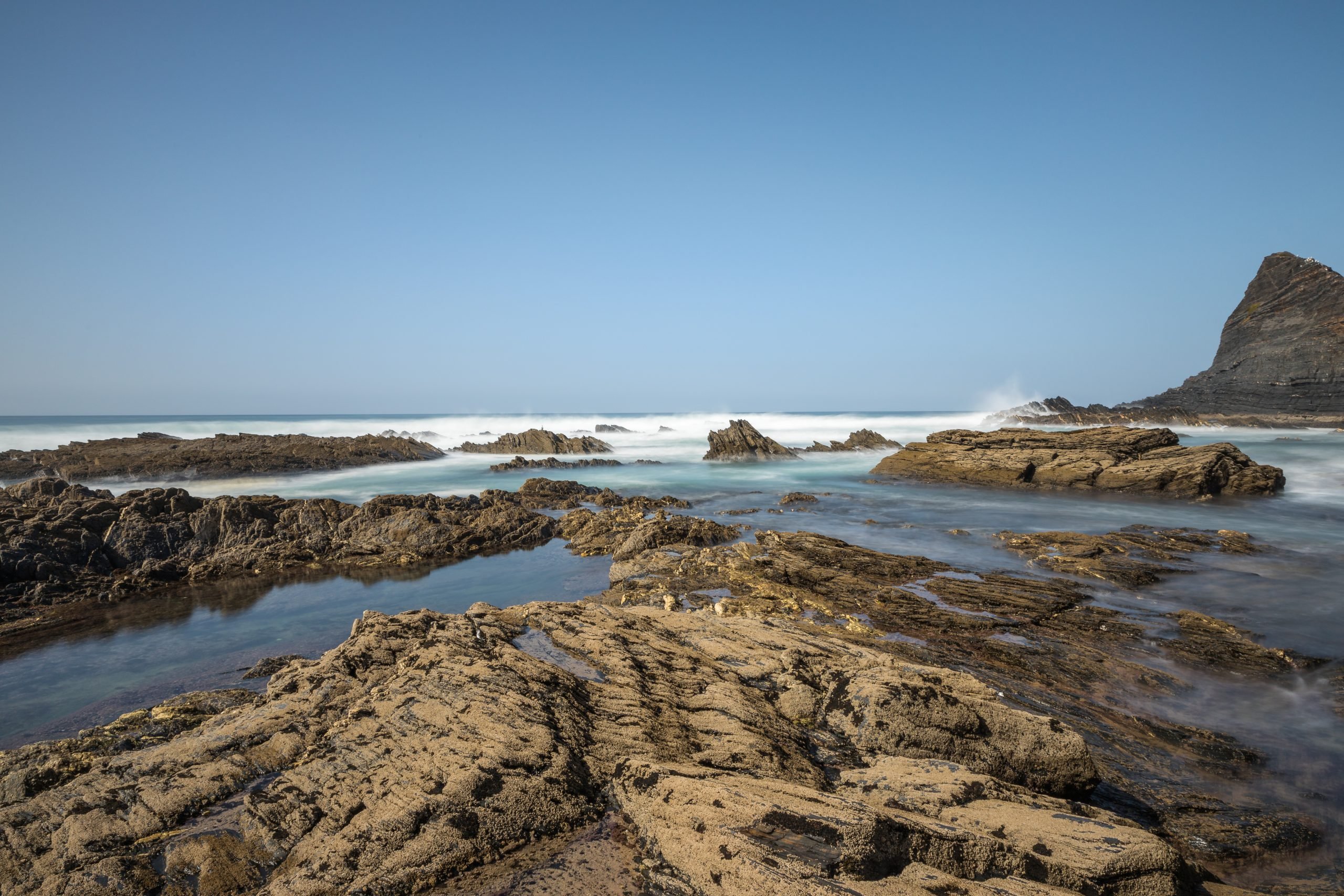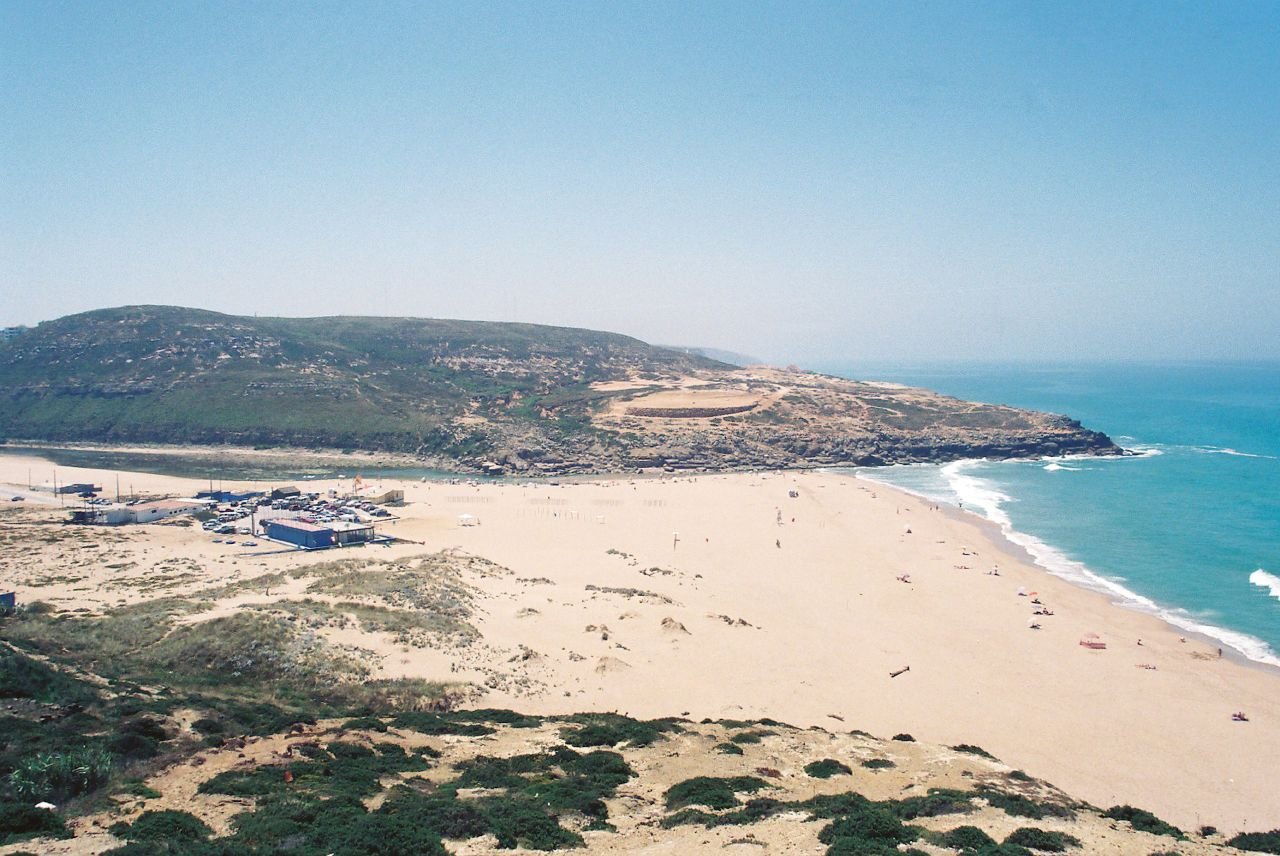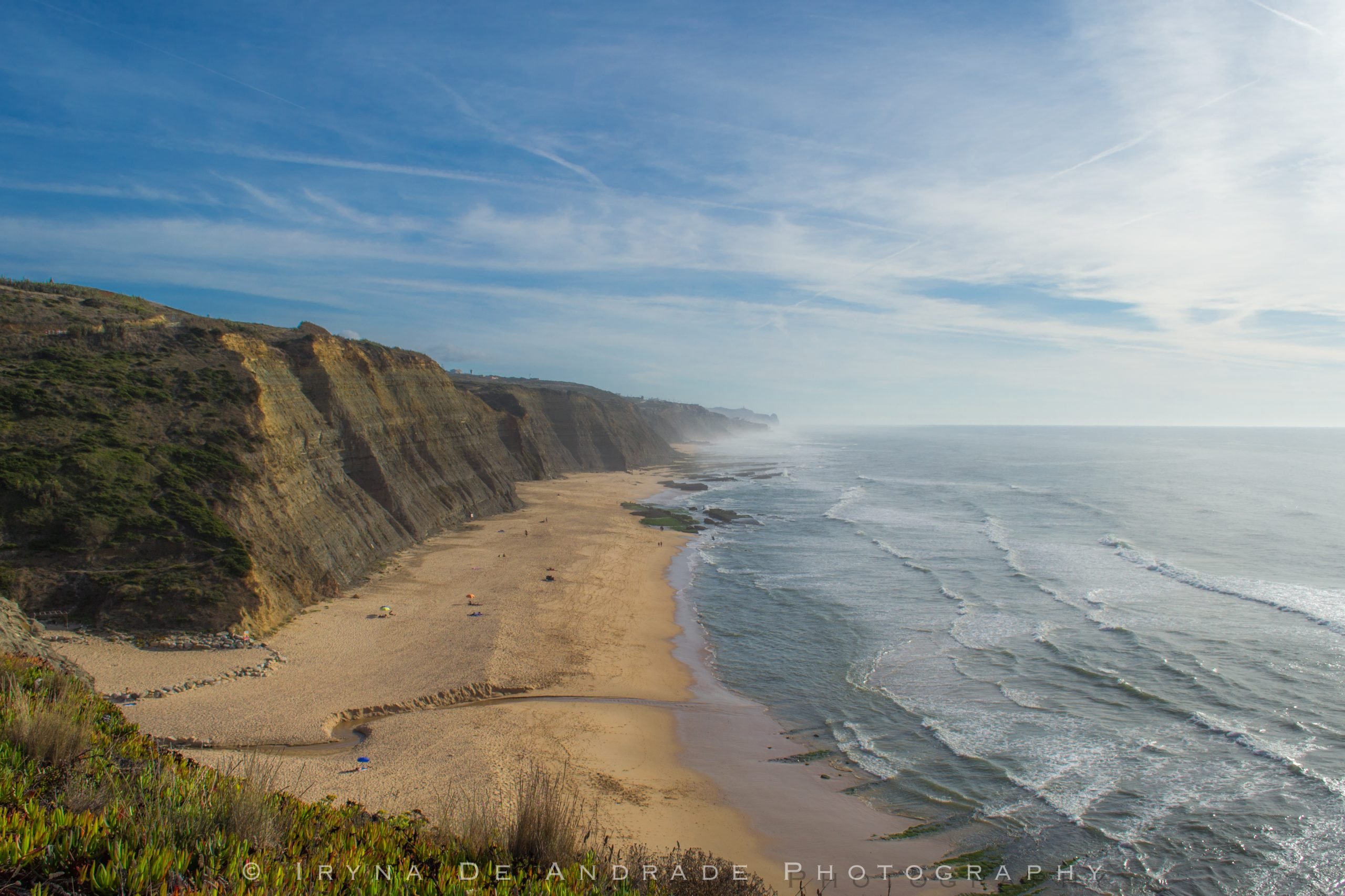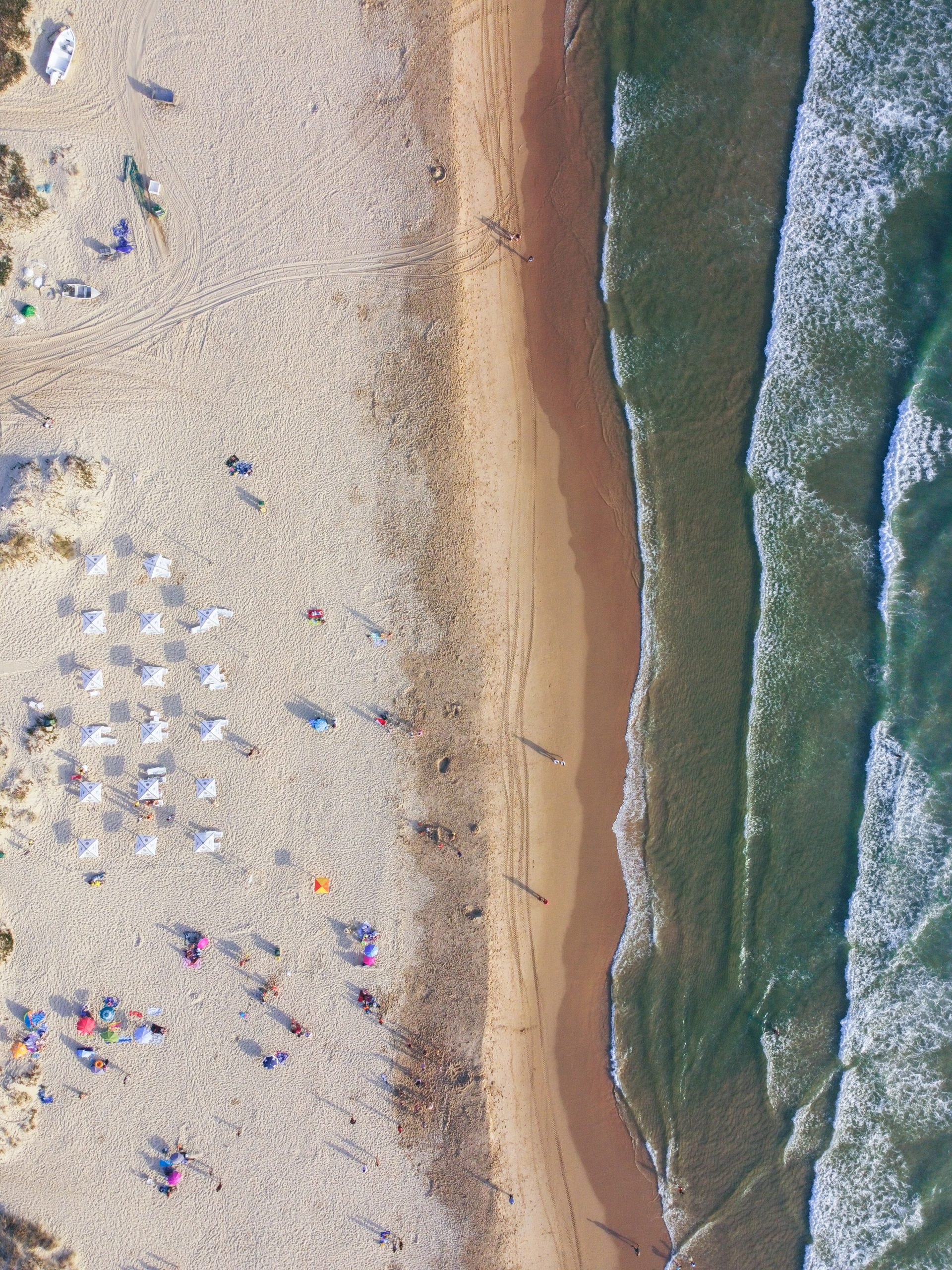Henrique of Portugal, the Duke of Viseu, and Lord of Covilhã, better known as Prince Henry the Navigator or ‘The Prince of Sagres’ was a Portuguese prince who is known for his work sponsoring several maritime explorations that ended up kickstarting what would be known as the Age of Discoveries.
He was the 4th child of King John I, the founder of the new Portuguese dynasty, the House of Avis, and was also known for having encouraged his father to conquer the North African city of Ceuta, having played a big role in the actual conquest.
Prince Henry helped with the creation of the caravel, a sailing ship that was a huge advancement and allowed for the exploration of the open sea. With the caravel, the Portuguese could explore new routes, such as the Saharan trade routes which he helped “discover”, as well as the whole of the African continent. However, this, unfortunately, became the stepping stone for the enslavement of African peoples and the creation of the Atlantic slave trade.
Even though he is known, especially in English, as ‘the Navigator’, this is inaccurate, since he never went on a voyage himself, he only sponsored them and helped with the design of new ships, maps, and navigational instruments.
However, it was the same voyages that he sponsored that ended up discovering places like the Madeira Islands and getting to know the African West Coast.
His work was known all over Europe, with the Italian scholar Poggio Bracciolini having written a letter to the Navigator where he compares his deeds to those of Alexander the Great and Julius Cesar.
He is a huge figure in the history of Portugal and the World, but a character that is not often portrayed for his flaws and absolved of the atrocities committed.
Early Life of Prince Henry The Navigator
Prince Henry (not the British one though) was the third surviving son of John I of Portugal and Lady Philippa of Lancaster (Filipa de Lencastre in Portuguese). He was born in 1394, probably in Porto or nearby, on Ash Wednesday, a day that was considered unfortunate for a kid to be born.
It’s thought that the name Henry (Henrique in Portuguese) was given to him in honor of his uncle from his mother’s side, the Duke Henry of Lancaster, which would become King Henry IV of England.
Not a lot is known about the Prince’s life until he became 14. Only that he and his brothers were tutored by a knight of the Order of Avis, the knight order from which King John I came from.
Conquest of Ceuta
In 1414, when he was 21, he convinced his father to launch a campaign to conquer the city of Ceuta, on the northern Moroccan coast near the strait of Gibraltar. In 1415, this finally happened and Henry, together with his father and his brothers, commanded the Portuguese forces. The conquest assured Portuguese control over the maritime trade routes between the Atlantic and the Middle East and served as a place for counterattacking the settlements on the coast that served as a haven for pirates who were pillaging the Portuguese coast. For this, he became a knight and got the title of Lord of Covilhã and Duke of Viseu. Later, in 1419, he was appointed governor of the Algarve, and in 1420 he was also appointed by the Pope as the administrator of the Order of Christ, which was born out of the Knights Templar.
Innovations and Exploration
After this conquest, he moved to Lagos where he managed expeditions into the Atlantic Ocean, surrounding himself with specialists from all over Europe. This was possible due to his royal connections and the money he got from his monopoly on the manufacture of soap.
He decided to send the explorers to the coast of Africa, mostly unknown to Europeans. His goals were to find the source of the West African gold that was arriving in Europe through trade and to discover the legendary Christian kingdom of Prester John.
To do this, the scientists on his command designed a much lighter ship (compared to the heavy ones used at the time in the Mediterranean) that could sail bigger distances and faster. It was named the ‘caravel’ and became the main ship for the Portuguese. This ship was very maneuverable and could even sail against the wind.
However, Prince Henry struggled to access West African gold as West Africans held control of local gold deposits. To keep funding his expeditions, he found a more horrific resource: enslaved people. The Portuguese raided settlements on the island of Arguin and enslaved locals who were kidnapped back to Lisbon by force.
With the new lighter ships, the Atlantic islands of Madeira and Azores were rediscovered (this because they were already known to exist since they appeared in 14th-century maps) and Henry became in charge of exploring and populating them. With this, came the enslavement of Africans on sugar plantations in Madeira in the 1450s, a plantation slavery system that was then repeated in other Portuguese colonies.
Later Life and Death of Prince Henry The Navigator
The Prince was known to be a devout Christian. He was a celibate, not having fathered any children, and always wore a hair shirt. Henry lived a life following the knight code, always dedicated to exploration, the fight against Muslims, and expanding the Portuguese Empire. However, he was known to love extravagant parties, as well as a life of luxury.
After the death of his brother, King Duarte, he became Regent together with his brother Peter, since the king, Afonso V, his nephew, was still too young. Later, Peter and King Afonso V had a conflict that ended in the Battle of Alfarrobeira. In 1460. Henry ended up dying there fighting for the King against his own brother.
He was given an impressive tomb in the Batalha Monastery, not living to see the extent that the Portuguese Empire reached with the help of his feats.
Origin of the “Navigator” nickname
The “Navigator” nickname was never used in the Prince’s lifetime or even in the following 300 years. Actually, only in the 19th century did it start being used, with the German historians Heinrich Schaefer and Gustave de Veer being the ones to coin it. Later, Henry Major and Raymond Beazley, British authors, made it popular in their biographies of Prince Henry.
Nowadays, in Portuguese, it’s still not usually called by that nickname. The most used name is “Infante D. Henrique”.
Misconceptions about Prince Henry
During his lifetime, the Prince was not considered the scholar he is viewed as today, only starting to be viewed like this later on by the historians João de Barros and Damião de Góis.
The famous “Sagres school” is also questionable and never have been proven to exist. This school was allegedly created by Prince Henry to teach navigators about category, geography, and astronomy. Despite being mentioned by Damião de Góis, Samuel Purchas, and Antoine Prévost, all that is known is that the nearby port of Lagos was where many expeditions departed.
In an 1824 book by Dr. J.B. Von Spix and Dr. C.F.P. Von Martius it was also said that the introduction of sugar cane to Brazil was made by “the Infant Don Henrique Navegador”. This would be impossible since the Prince was dead before the discovery of Brazil.
However, some of these myths stayed (especially the Sagres school one) since the figure of the Navigator became a Portuguese symbol of the Discoveries, exploration, and science. This reached its highest in the 19th century in Portugal and continued throughout the 20th century, being used by the Estado Novo regime and throughout the Portuguese Colonial War.
The Legacy of Prince Henry The Navigator
With his investments and dedication, many new maritime inventions were discovered, of which the caravel would be the most detrimental. All of these scientific advancements were of the utmost importance in human history and the advancement of maritime trade and would give rise to other new advancements. In this way, the Prince’s legacy is one of scientific progress.
However, Prince Henry, the Navigator would be remembered as the founding father of Portugal’s maritime empire, and as such his legacy is that of the Portuguese Empire, one of exploitation, genocide, and slavery. The prince had a hand in designing the Portuguese Colonial Empire, enslaving people in West Africa, and bringing them to Portugal. His legacy is one of colonization that sparked some of society’s largest atrocities, from violence against indigenous peoples and the loss of culture and religion. However, to the nationalist sectors of the population, particularly during the Estado Novo, he remained a figure to admire that represented the courage and strength of the Portuguese people.
We can see this in one of the most famous monuments in Lisbon, the Monument of the Discoveries (Padrão dos Descobrimentos). Here, the Prince is shown leading historical figures, emphasizing his historical role as the father of the Discoveries. The monument, made by the Estado Novo regime to celebrate the Empire and inaugurated on the 500 year birthday of the Prince, also features the writing “AO INFANTE D. HENRIQVE E AOS PORTVGVESES QVE DESCOBRIRAM OS CAMINHOS DO MAR” (To Prince Henry and the Portuguese that Discovered the Roads of the Sea).
He is also remembered in the Saint Vincent Panels, a very important work of art painted by Nuno Gonçalves, a Portuguese painter active from 1450 to 1471. Besides this, he is mentioned in many other historical books, such as “Crónica da Guiné” by Zurara, right now conserved in the Library of Paris.
Despite Prince Henry marking Portugal’s role in world history with the development of the caravel and maritime technology, the fact that his colonization efforts led to centuries of atrocities and violence is too often forgotten.

